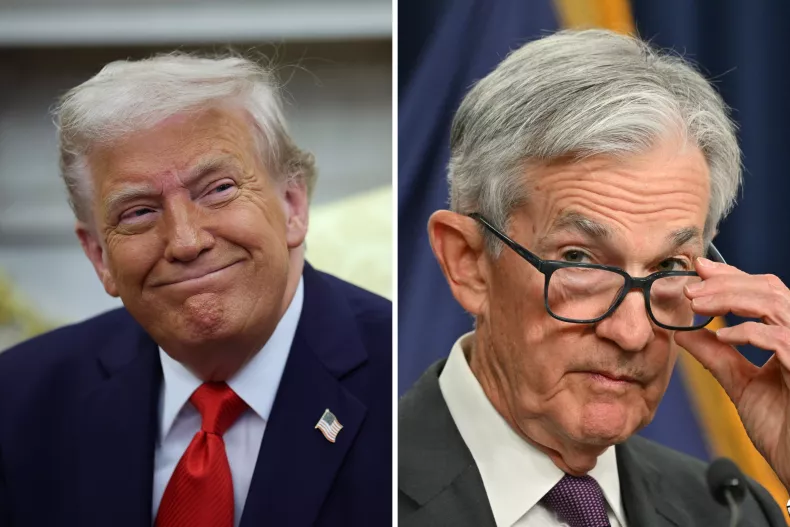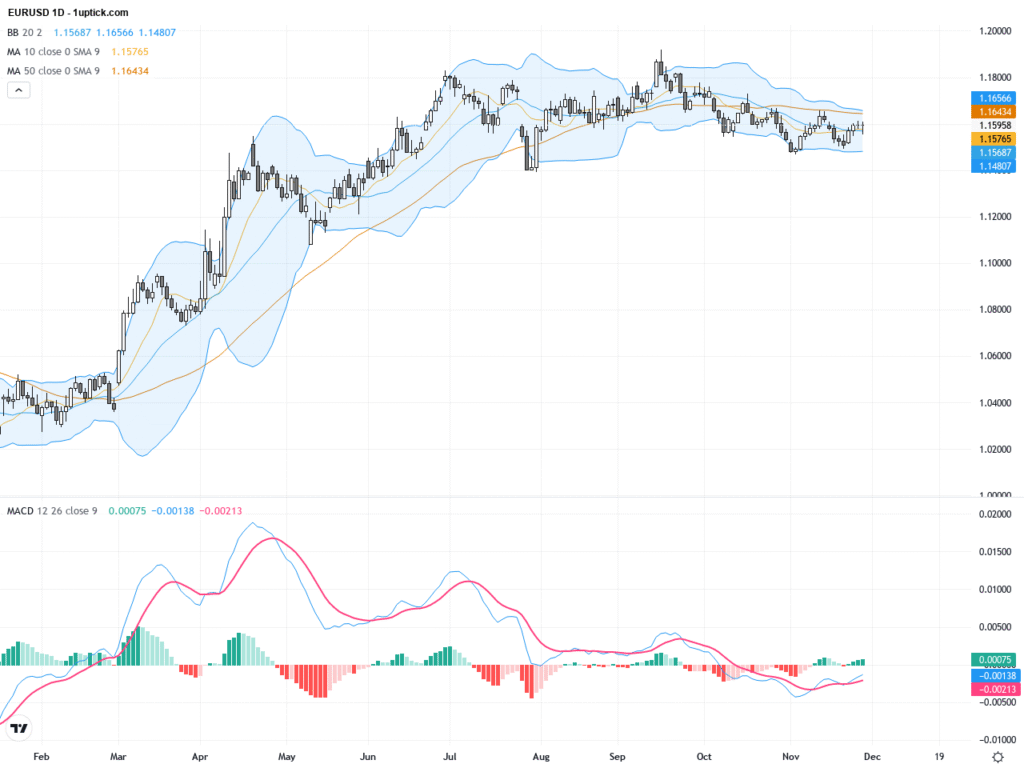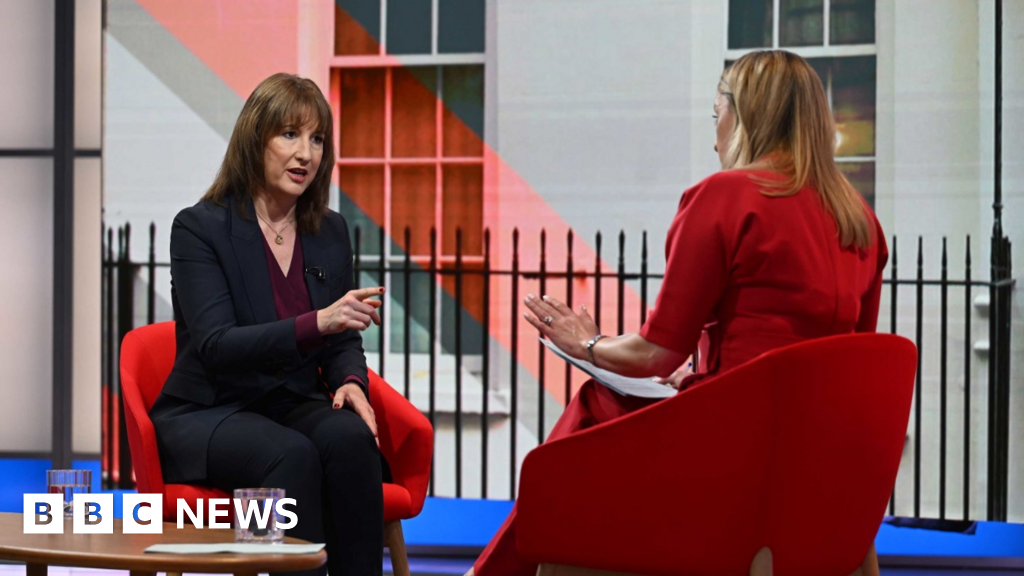 |
| Gold V.1.3.1 signal Telegram Channel (English) |

U.S. Stocks Suffer Biggest Drop in Three Years as Dow Plunges 1,200 Points Amid Recession Fears and Trump Pressure on Fed
2025-04-22 @ 04:43
April 21, 2025 turned out to be a bruising day for U.S. markets. The Dow Jones Industrial Average plunged 1,200 points in a single session—down 3.2%—marking its steepest one-day loss in nearly three years. The S&P 500 and Nasdaq weren’t spared either, both dropping more than 3%. While softening economic indicators played a role, mounting political drama added additional weight to the selloff. President Donald Trump’s renewed push for the Federal Reserve to cut rates—and his unusually direct criticism of Fed Chair Jerome Powell—raised fresh concerns about the central bank’s independence, further rattling investor confidence.
Just hours before the opening bell, Trump took to social media to slam the Fed for being “too slow” in its response to a weakening economy. He labeled Powell “Mr. Too Late” and accused him of tailoring policies to serve Democratic interests. Many on Wall Street read the posts as an attempt by the President to shift blame for recent economic softness—much of it potentially caused by new tariffs—toward the central bank. But in doing so, Trump broke a long-standing norm separating the White House from Fed policymaking, stirring fresh anxiety about the direction and stability of U.S. monetary policy.
Powell and the Fed, for their part, have repeatedly signaled a willingness to keep interest rates elevated to ward off inflation risks. In a speech in Chicago last week, Powell openly acknowledged that the administration’s latest tariffs had exceeded market expectations and were likely to raise import costs, curb business investment, and slow overall economic momentum. Still, Trump doubled down—publicly calling for rate cuts twice in five days and even suggesting he might consider replacing Powell entirely. The mounting tension between the White House and the Fed left investors with little sense of direction and a lot of uncertainty.
Adding to the alarm, trade tensions roared back into focus. Earlier this month, Trump announced sweeping new tariffs on imports from China and the European Union, branding the effort as “reciprocal trade.” In response, China hit back with its own levies targeting U.S. electronics and auto products, directly affecting major tech and industrial firms.
Apple took a beating, with its stock plunging nearly 7% in a single day. China accounts for over 20% of Apple’s global revenue, and the new tariffs are expected to seriously squeeze margins on products sold there. Semiconductor stocks fell in tandem. TSMC’s U.S.-listed shares dropped 6%, while Nvidia and Qualcomm each lost more than 5% of their market value in a single session. Export-heavy companies like Boeing and Tesla also saw significant declines. Even firms tied to domestic infrastructure, such as Caterpillar, weren’t spared—its shares plunged over 7%. Bank stocks got hit from both sides: shrinking profit outlooks and broader market volatility dragged down heavyweights like Goldman Sachs and JPMorgan by 5% to 7%.
Meanwhile, fresh economic data only deepened the gloom. The Leading Economic Index (LEI) dropped 0.7% in March—its sharpest one-month decline since October 2023. Three red flags stood out: a steep drop in consumer confidence, weakening manufacturing orders, and a persistent downtrend in the S&P 500 since February highs. These signals paint a very different picture from the “resilient recovery” being touted by the White House. Many economists now argue that real economic growth in the U.S. is slowing, with both corporate and household spending growing more cautious.
As fear took hold, investors rushed to safe-haven assets. Gold saw a breakout, jumping 3% in a single day and crossing $3,400 per ounce for the first time in history. The U.S. dollar weakened sharply, falling below an index level of 99—the first time in three years. Meanwhile, yields on 10-year Treasury notes retreated to 4.4%, a sign that capital is shifting back toward bonds as risk appetite fades.
Compared to recent downturns, this moment feels particularly fraught. In September 2022, markets tumbled in response to aggressive Fed rate hikes—but at least then, the policy direction was clear. Today, investors are stuck in the middle of a tug-of-war between fiscal and monetary priorities. On one side stands a president eager to stimulate the economy—fast and forcefully. On the other, a central bank trying to retain its independence while navigating inflation threats and global uncertainty. At the same time, escalating trade conflicts are clouding corporate outlooks and making investors increasingly risk-averse.
Looking ahead, most analysts on Wall Street expect continued turbulence. The VIX—Wall Street’s so-called “fear gauge”—spiked to over 40, a level not seen since the early days of the pandemic. That suggests deep unease about what’s next. For individual investors, this might be the time to rethink strategy. Consider raising cash holdings, allocating more to safe-haven assets like gold or the yen, and focusing on defensive sectors like utilities and consumer staples. Exposure to more volatile segments like tech and industrials may need trimming in the near term.
Whether markets can regain momentum over the medium to long term likely rests on two key issues: first, whether Trump is willing to dial back his tariff ambitions and avoid outright clashes with key trading partners; and second, whether the Fed can hold the line on policy independence, preventing a credibility crisis. If these risks aren’t addressed, markets could slide into a prolonged phase of weak rallies and extended corrections—a so-called “slow bear” cycle.
No matter what market you’re in, it’s becoming clear that we’re entering a new normal—one where political drama and economic uncertainty increasingly collide. Stability is no longer a given. For investors, that means risk management is no longer optional; it’s the top priority.








